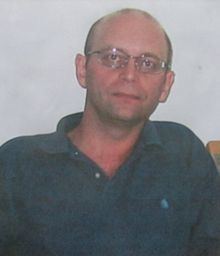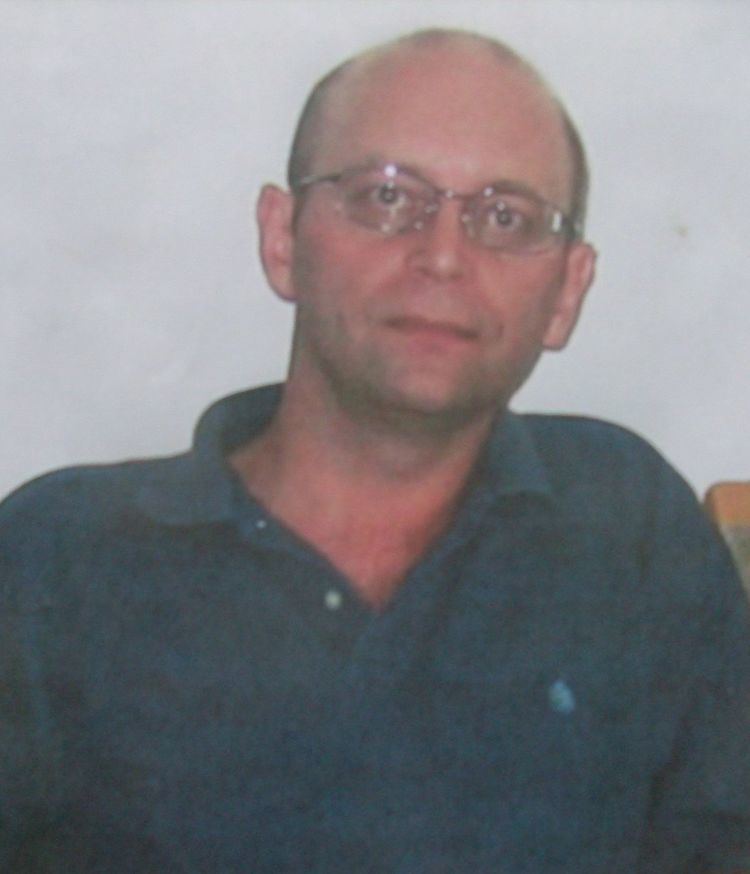Nationality Romanian | Name Julius Borcea | |
 | ||
Notable awards Swedish Mathematical Society Wallenberg Prize, 2004 Died April 8, 2009, Stockholm, Sweden | ||
Julius Bogdan Borcea (8 June 1968 – 8 April 2009) was a Romanian Swedish mathematician. His scientific work included vertex operator algebra and zero distribution of polynomials and entire functions, via correlation inequalities and statistical mechanics.
Contents

Biography
Born in Bacău, Romania, by a math teacher who instilled in her son's intellect the beauty of mathematics, he studied in 1982-1984 at the Licée Déscartes of Rabat, Marocco, and he completed his Baccalaureat at the Lycée Français of Copenhagen. In 1987–1989 he attended the Lycée Louis-le-Grand in Paris. He obtained his PhD in Mathematics in 1998, at Lund University, under the direction of Arne Meurman. After defending his PhD thesis in 1998, he embarked in postdoctoral studies at the Mittag-Leffler Institute for six months and in Strasbourg for two years. He was appointed Associate Professor in 2001, and Lecturer in 2005 at Stockholm University. A year later he was granted the Swedish Mathematical Society's Wallenberg Prize. Promoted to Full Professor in 2008, he was awarded a Royal Swedish Academy of Sciences Fellowship, in 2009, and the Crafoord prize research grant diploma.
Professional profile
Borcea's scientific work ranged from vertex operator theory to zero distribution of polynomials and entire functions, via correlation inequalities and statistical mechanics. His thesis consists of two seemingly independent parts: one in vertex operator theory and the other devoted to the geometry of zeros of complex polynomials in one variable.
In vertex operator theory Julius generalized results of Primc and Meurman and gave a classification of annihilated fields. As concerns complex polynomials, he tackled Sendov’s conjecture on zeros and critical points of complex polynomials in one variable. Using novel techniques, he proved the conjecture for polynomials of degree not exceeding 7. Earlier (1969) the conjecture had been proven for polynomials of degree not exceeding 5. At Stockholm University, Julius had a steady collaboration with Bøgvad and Boris Shapiro. They worked on rational approximations of algebraic equations, piecewise harmonic functions and positive Cauchy transforms, and the geometry of zeros of polynomials in one variable. Borcea and Brändén collaborated on a project on the geometry of zeros of polynomials and entire functions. They characterized all linear operators on polynomials preserving the property of having only real zeros, a problem that goes back to Laguerre and Pólya–Schur. These results were subsequently extended to several variables, and a connection to the Lee-Yang theorem on phase-transitions in statistical physics was made. Together with Tom Liggett (UCLA) they applied their methods to problems in probability theory and were able to prove an important conjecture about the preservation of negative dependence properties in the symmetric exclusion process.
Borcea had a comprehensive project on the distribution of positive charges and the Hausdorff geometry of complex polynomials. One of the motivations for the project was to bring Sendov’s conjecture into a larger and more natural context. He formulated several interesting conjectures, and in the summer of 2008 he was the driving force of two meetings, one at the American Institute of Mathematics in Palo Alto and the other at the Banff International Research Station together with Khavinson, Pereira, Putinar, Saff and Shimorin. These two encounters were focused on structuring and expanding Julius’ program. His continuous and vivid interest in the Hausdorff geometry of polynomials was triggered by an École Normale Superieure (Paris) exam he took in 1989.
